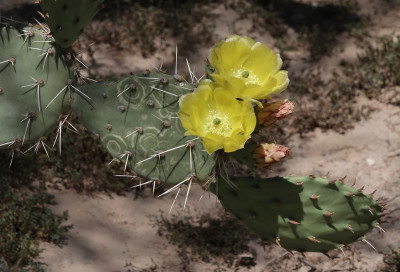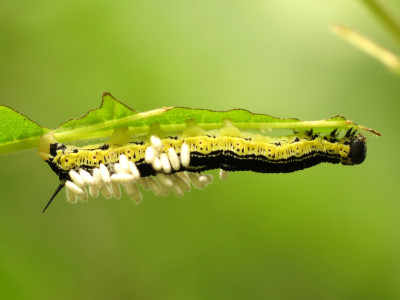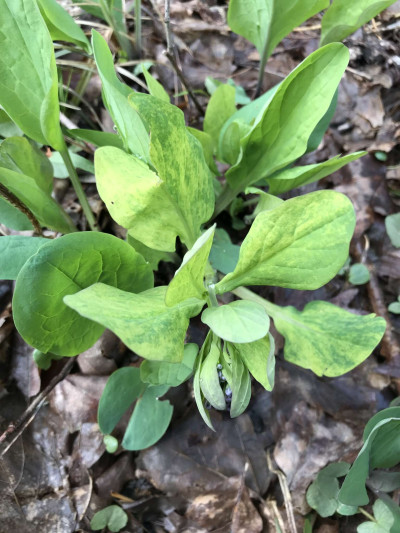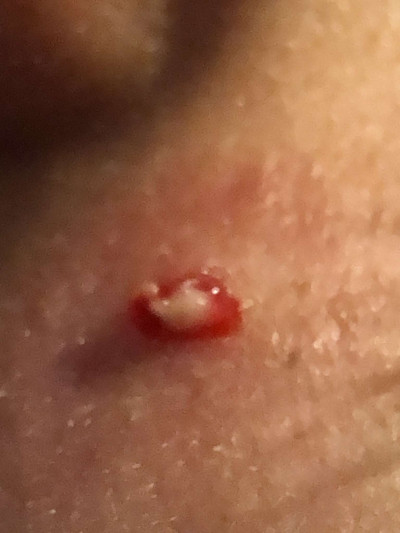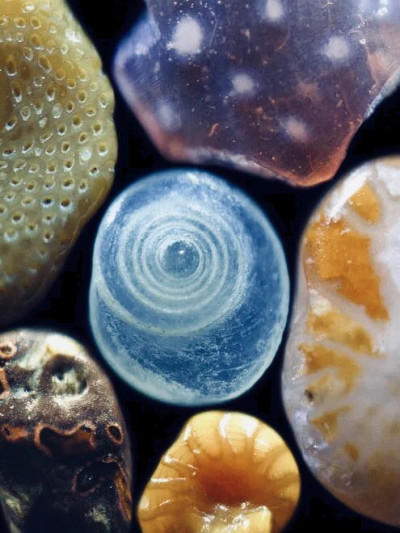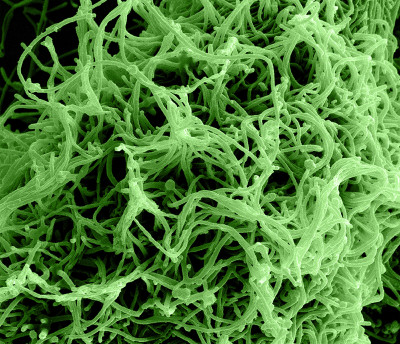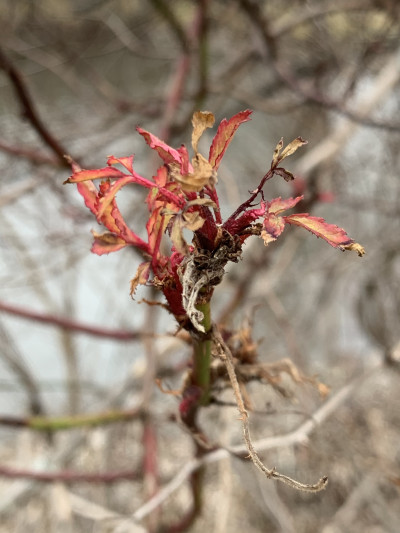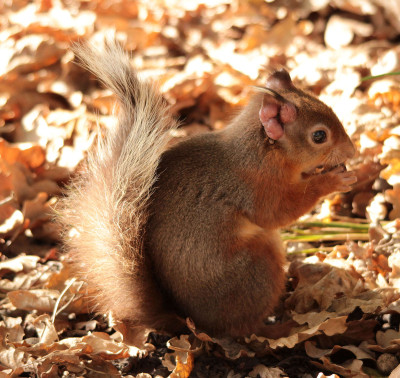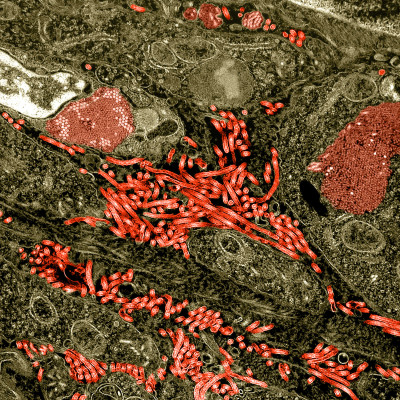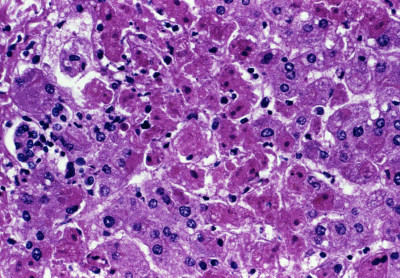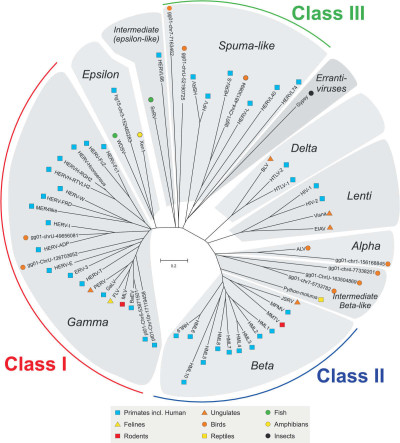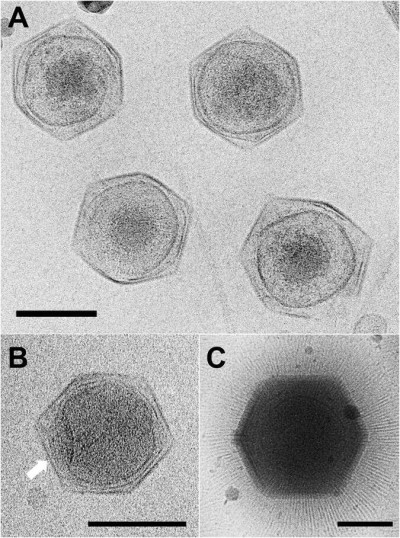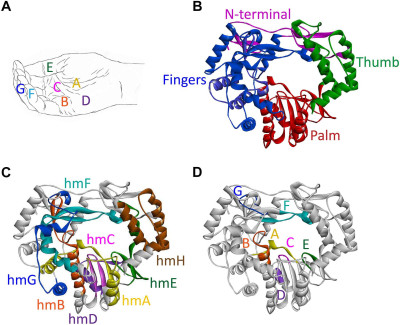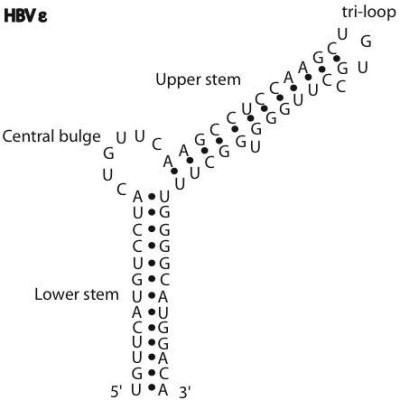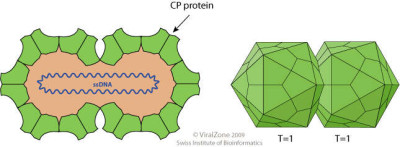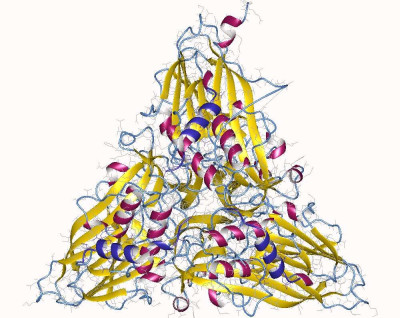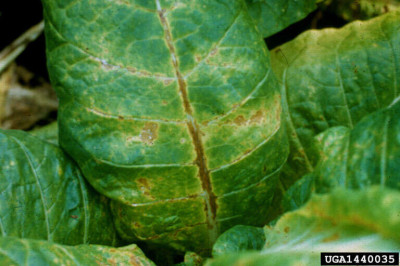Sammons's Opuntia Virus, also known by its abbreviation SOV, is a plant virus that affects species of Opuntia, commonly known as prickly pear cacti. This virus is named after Dr. Robert Sammons, who first identified and characterized it. Infected Opuntia plants may exhibit symptoms such as chlorotic or mottled patches on the cladodes, necrosis (death) of tissue, stunted growth, and reduced fruit yield. The severity of symptoms can vary depending on factors such as the strain of the virus and environmental conditions.
iNaturalist
11 May 2024
Cotesia congregata bracovirus (CcBV) is a type of virus that belongs to the family Polydnaviridae, specifically within the genus Bracovirus. This virus is unique in that it is associated with certain parasitoid wasps, particularly Cotesia congregata, which is a parasitic wasp species known for parasitizing caterpillars of the tobacco hornworm (Manduca sexta).
iNaturalist
11 May 2024
Tobacco rattle virus (TRV) is a significant plant pathogen affecting a wide range of plant species. Discovered in the early 20th century, TRV has been extensively studied due to its economic impact on agriculture, particularly in the cultivation of potatoes, tobacco, and ornamental plants. This virus is known for causing the disease known as "spraing" in potatoes, which results in necrotic arcs and rings in tubers, making them unmarketable.
iNaturalist
23 May 2024
Common name: Bacterial leaf streak
Scientific name: Xanthomonas oryzae pv. oryzicola (Fang et al.) Swings et al.
International Rice Research Institute (IRRI), Flickr
22 Jul 2024
Cutibacterium acnes (Propionibacterium acnes) is the relatively slow-growing, typically aerotolerant anaerobic, gram-positive bacterium (rod) linked to the skin condition of acne; it can also cause chronic blepharitis and endophthalmitis, the latter particularly following intraocular surgery. Its genome has been sequenced and a study has shown several genes can generate enzymes for degrading skin and proteins that may be immunogenic (activating the immune system).
Andrew Sebastian, iNaturalist
23 Jul 2024
Magnified 400x, grains of sand from a beach in Maui, Hawaii, reveal a stunning diversity of shapes, colors, and textures. Unlike the uniform appearance seen with the naked eye, each grain is unique, reflecting the complex geological history of the island. Some grains are clear or translucent, likely composed of quartz, while others may be pink, red, or black, indicating the presence of coral fragments, volcanic basalt, or minerals like garnet.
The sand grains are often irregular in shape, with smooth, rounded edges from continuous weathering by waves and wind. Some may appear more angular, particularly those formed from recently broken coral or volcanic rock. At this magnification, you can also see tiny inclusions, striations, and surface pitting on the grains, all of which contribute to the rich, detailed mosaic of colors and textures that characterize Maui's beaches. This microscopic view highlights the beauty and complexity of sand, turning each grain into a miniature geological specimen.
09 Aug 2024
Colorized scanning electron micrograph of filamentous Ebola virus particles budding from a chronically infected VERO E6 cell (35,000x magnification).
Wikimedia Commons, NIAID
01 Apr 2024
Genomic organization of StrV-1-ČRM1, genotype A (MK211270). The nucleotide (nt) sequence is shown as a black line. Viral genomes and complementary strands are labelled as v and vc, respectively. Open reading frames (ORFs, or CDSs) are drawn as grey arrows, and putative regulatory regions are shown as red vertical lines. Segments are drawn to scale. [1]
Wikimedia Commons, Jana Fránová, Jaroslava Přibylová, and Igor Koloniuk
02 Apr 2024
Schematic representation of the genomic organization of two novel Passerine Astrovirus (PasAstV). NLS, nuclear localization sequence; VPg, viral protein associated with the genome; RdRp, RNA-dependent RNA polymerase; sgRNA, subgenomic RNA; s2m, stem-loop 2-like. [1]
Wikimedia Commons, Izaskun Fernández-Correa, Daniel A. Truchado, Esperanza Gomez-Lucia, Ana Doménech, Javier Pérez-Tris, Jonas Schmidt-Chanasit, Daniel Cadar, and Laura Benítez
03 Apr 2024
Rose rosette disease (RRD) is a devastating viral disease affecting roses, caused by the Rose rosette virus (RRV), a member of the Emaravirus genus. Rose rosette disease is characterized by a combination of symptoms, including abnormal red pigmentation of new growth (rosetting), excessive thorniness, distorted or malformed leaves, elongated and distorted shoots (witches' broom), and rapid, abnormal growth of stems. Infected roses may also exhibit excessive branching and a proliferation of small, weak shoots.
iNaturalist
11 May 2024
Red Squirrel with Leprosy lesions.
Malcolm Storey, BioImages, the virtual fieldguide, UK
05 Aug 2024
Colorized transmission electron micrograph of the ovary from a nonhuman primate infected with Ebola virus. Characteristic filamentous Ebola virus particles are present between cells (bright red). Intracytoplasmic Ebola virus inclusion bodies forming crystalline arrays can be seen within ovarian stromal cells (darker red).
National Institute of Allergy and Infectious Diseases, NIH
24 Jan 2024
This photomicrograph revealed the cytoarchitectural histopathologic changes detected in a liver sample from a Marburg patient (case #1) who was treated in Johannesburg, South Africa in 1975. As the disease progresses, symptoms of Marburg disease can become increasingly severe and may include liver failure, jaundice, inflammation of the pancreas, severe weight loss, delirium, shock, massive hemorrhaging, and multi-organ dysfunction.
J. Lyle Conrad, Centers for Disease Control and Prevention's Public Health Image Library (PHIL)
31 Jan 2024
Representative unrooted Pol neighbor joining (NJ) dendrogram. Unrooted Pol neighbor joining (NJ) dendrogram (500 bootstraps consensus) of the seven retroviral genera: alpha-, beta-, gamma-, delta-, epsilon-, lenti- and spuma-like retroviruses. The somewhat more loosely defined (endogenous) retroviral classes are indicated in the periphery. The various host species are indicated with symbols next to each taxonomic unit. The novel sequences are named according to their chromosomal positions within respective genomes. (hg15 and 16: Human genome; gg01: Chicken genome and pt01: chimpanzee genome). The two pt01 sequences were unique to chimpanzee and not found in humans. [1]
Patric Jern; Göran O Sperber; Jonas Blomberg, Wikimedia Commons
07 Feb 2024
Cryo-EM images of Cafeteria roenbergensis virus (CroV) compared to Acanthamoeba polyphaga mimivirus (APMV). (A) Cryo-electron micrograph of four CroV particles. (B) Single CroV particle with concave core depression (white arrow). (C) Single APMV particle. Scale bars in (A–C) represent 2,000 Å. [1]
Xiao, C., Fischer, M.G., Bolotaulo, D.M., Ulloa-Rondeau, N., Avila, G.A., and Suttle, C.A., Wikimedia Commons
08 Feb 2024
Domains, motifs, and homomorphs of a typical calicivirus RNA-dependent RNA polymerase (RdRp). (A) Representation of a slightly cupped right hand resembling an RdRp with the position of motifs A to G on fingers, palm, and thumb. (B–D) Ribbon diagrams of the RHDV RdRp (PDB ID: 1KHW); (B) fingers, palm, and thumb domains colored blue, red, and green, respectively, and the N-terminal domain colored magenta; (C) structurally conserved homomorphs (hmA to hmH); and (D) functional motifs A to G (the positions of homomorphs and corresponding motifs are indicated by the same color). Ribbon diagrams were generated using Discovery Studio (Dassault Systèmes BIOVIA, Discovery Studio Visualizer v17.2.0).[1]
Elena Smertina, Nadya Urakova, Tanja Strive, and Michael Frese, Wikimedia Commons
22 Feb 2024
RNA structure of the Hepatitis B virus (HBV) RNA encapsidation signal epsilon.
TransControl, Wikimedia Commons
29 Feb 2024
Virus particles of the Geminiviridae in cross-section (in the monopartite case) and side view. Non-enveloped, about 38 nm in length and 22 nm in diameter (for MSV), twinned (geminate) incomplete T=1 icosahedral symmetry capsid that contains 22 pentameric capsomers made of 110 capsid proteins (CP). Each geminate particle contains only a single circular ssDNA.
ViralZone, SIB Swiss Institute of Bioinformatics, Wikimedia Commons
01 Mar 2024
Nodamura virus coat protein trimer (3 beta and 3 gamma chain, blue). [1]
Wikimedia Commons, Astrojan
13 Mar 2024
The initial symptom of TVMV infection is a slight, barely visible clearing on expanding leaves. Subsequently, leaves develop irregular green patterns of mottling adjacent to the veins; this is most evident on the ruffles at the base of older leaves. Chlorosis of infected leaves is extensive, giving the plants a pale green or yellow appearance which may be evident from a distance. Necrotic spotting of the leaf, indistinguishable from weather fleck, may develop and become increasingly prevalent as plants mature. The earlier that plants are infected with the virus, the greater the damage. The virus overwinters in perennial solanaceous weeds and is transmitted to tobacco by aphids. The virus is often found in combination with TEV. TVMV is also one of the most prevalent viruses in burley.
Wikimedia Commons, R.J. Reynolds Tobacco Company, Bugwood.org
14 Mar 2024
 Encyclopedia
Encyclopedia
